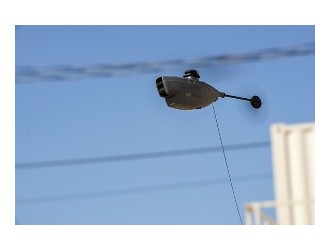
The company has said that because the design change will not affect the airplane’s performance, fuel consumption or systems functionality, the four flight-test airplanes already in operation will continue their duties as planned and that certification data gleaned from those tests remain valid. However, it added it would need to add new flight-test airplanes to the program to test the new design. “We will make aircraft to test these design changes,” said Fukuhara. “But we will determine later how many additional aircraft will be used.”
Meanwhile, Mitsubishi on Monday addressed Japanese media reports referencing changes in the production plan, noting that they revealed nothing inconsistent with the program updat the company issued on January 23.
“It is true that the program schedule revision entails a change in the production schedule,” the company said in a written statement issued February 27. “As the first delivery is now revised to start in 2020, the monthly production rate will be low for the start-up period of manufacturing. After that, the plan calls for the production rate to be stepped up in a phased manner.”
The company added that it continues to review plans for when production rates will eventually reach 10 per month and that it “will adjust and reflect as we move forward with the revised schedule” to respond to customer needs and market demand.
“We are also communicating well with our partners by sharing the latest plan, and we plan to make individual adjustments with each partner based on their individual circumstances,” it concluded.





